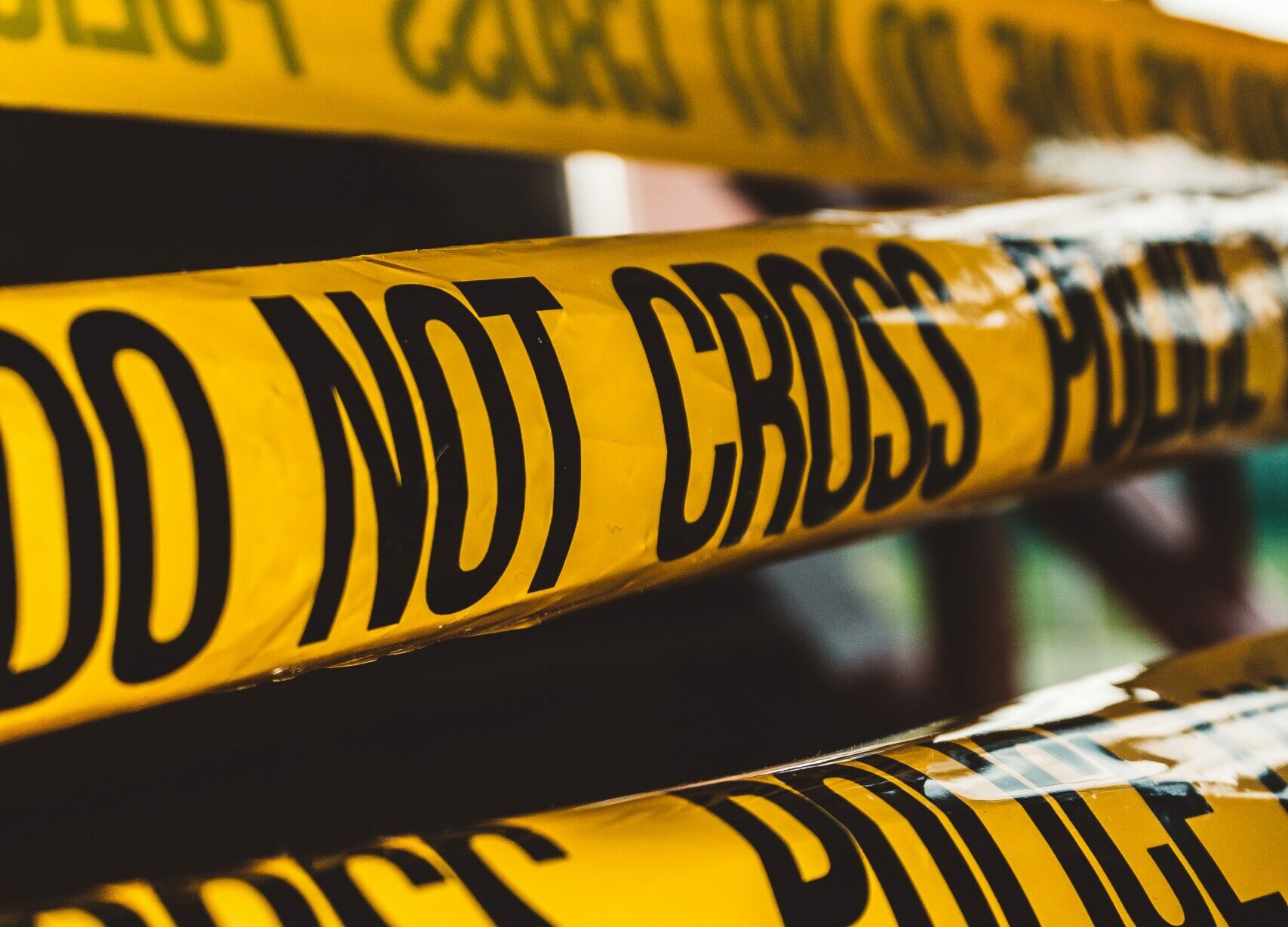Indianapolis works to curb city violence. Photo courtesy of Unsplash.
ALLIE MCKIBBEN | STAFF REPORTER | amckibben@butler.edu
Indianapolis has seen a violent start to the year — 32 homicides have been recorded since the beginning of 2023. This is a 14% increase in killings from the same time last year.
These homicides follow the implementation of Mayor Joe Hogsett’s three-year gun violence reduction plan in 2021, funded through $150 million from the American Rescue Plan fund. Hogsett’s plan aims to provide the communities most at risk for conflict with support and resources from city-funded peace programs.
25 of the 32 recorded homicides this year have been gun-related. This time last year, 18 of the 28 killed in Indianapolis were by guns, according to the IndyStar.
Hogsett’s programs range in strategy to prevent gun violence — RecycleForce, for example, provides employment and job training in recycling electronics; the Mackida Loveal and Trip Outreach Center provides academic assets for children, as well as mentoring for conflict resolution and life skills.
One of the programs, the Indy Peace Fellowship, is part of Hogsett’s strategy, and is a partnership between the Office of Public Health and Safety and the Indy Public Safety Foundation. The program consists of three branches: the Interrupters, who respond to shooting scenes and ease tensions with the most “high-risk” individuals; the Outreach Workers, who connect the community with resources that address the root of the violence; and the Life Coaches, who help close friends or family members of gun violence victims move forward.
Cameron Shepard, a program manager of the Indy Peace Fellowship, said that the organization’s goal is to reduce the number of murders by 10%, which they achieved from 2021 to 2022. Shepard said Indy Peace is effective because they have a grassroots approach that employs members of the community.
“Just having somebody that you can relate to, I think in any aspect, goes a long way with making somebody comfortable,” Shepard said.
Oseye Boyd is a public engagement editor for the Indy Star and an adjunct communications professor at Butler University. She has lived in Indianapolis since 1998, and said she witnessed her daughter go through school knowing she had distant, but real, connections to victims of gun violence. She said there is no “silver-bullet answer,” and violence is caused by several systemic issues, but that poverty is one of the most significant.
Yet, Boyd said there is a constant lack of funding to the social programs that would aid impoverished areas.
“There’s this idea that to spend the money here [in the community] is socialist, and you should pull yourself up by your bootstraps,” Boyd said. “But that’s not real. No one does that. Everyone has helped. If we put money into this in the front end organizations, into community organizations, into living wages, put the money into all these things, I feel like that will help.”
Hogsett announced on Jan. 20 that the programs he has implemented have proven to be successful; as of last year, criminal homicides were down by 16% in comparison to previous years. However, he said that the city will never be content with staying stagnant, and city officials will take what they have learned in the first years of the program to continue to work to lower the statistics of violence in Indianapolis, according to Hogsett.
Of the victims so far this year, six were minors — the youngest victim just seven months old.
Violence among juveniles is something that continues to plague the Indianapolis area, and has caught the eye of community leaders. Shepard said Indy Peace works to combat this disease, and partners with various youth-centered grassroot organizations to ensure teenagers and young adults have access to all the resources they need, including housing for teens experiencing homelessness.
Some are looking to legislative solutions, in addition to community organizations, as a more comprehensive approach to curb gun violence.
Senior journalism major Alexi Eastes said that the main solution to decrease the violence is to enact stricter gun laws.
“I always think it’s good to pour money into social problems,” Eastes said. “That’s the root of where a lot of things come from, where people who are brought up in [certain] environments don’t have the education or resources to learn about gun safety and gun violence. However, that’s not going to solve the problem of the amount of adults who are just walking around with guns already.”
Eastes cited the new law enacted July 1, which does not require a permit or license to carry a handgun, shotgun or rifle in Indiana, so long as the carrier is at least 18 years old and is not an “improper person.” She believes there should be background, mental health and safety checks before each firearm purchase, as well as a license or permit to own the gun. Eastes said this investigation would limit the overall amount of gun violence present in communities.
Boyd, however, does not believe that criminals “give a damn” about legislation put in place, and that people who want a gun will find a way to get a gun.
Both Boyd and Eastes agree that no matter how city organizers address community violence, they need to strike the issue at every level to save the most lives. While the death toll may never be zero, Indianapolis must continue to work to become a safer place for future generations.



